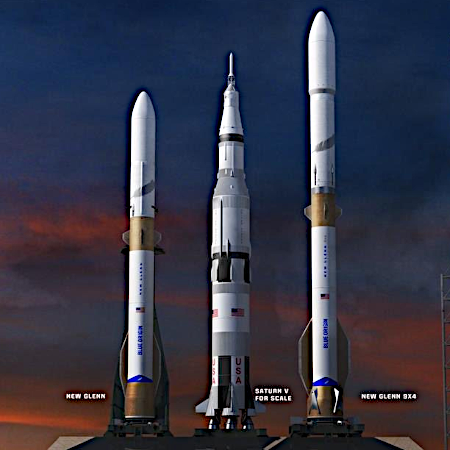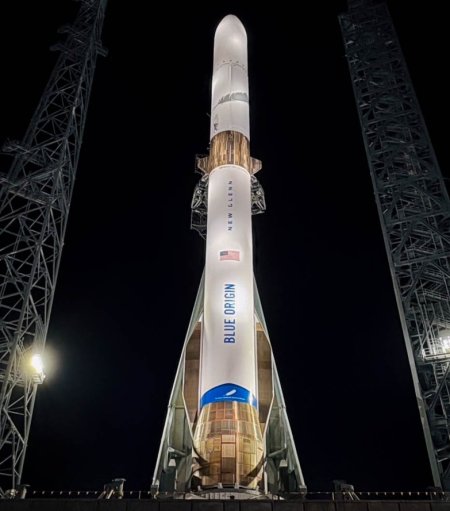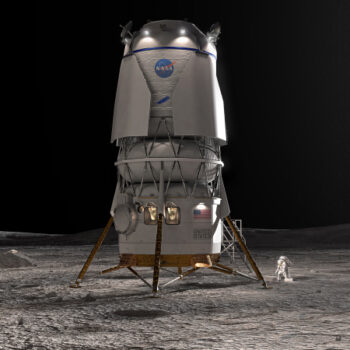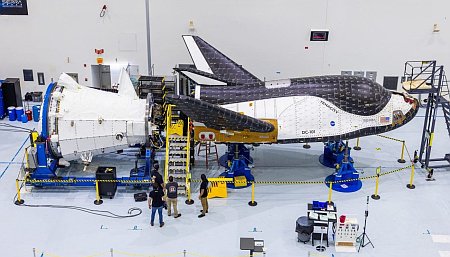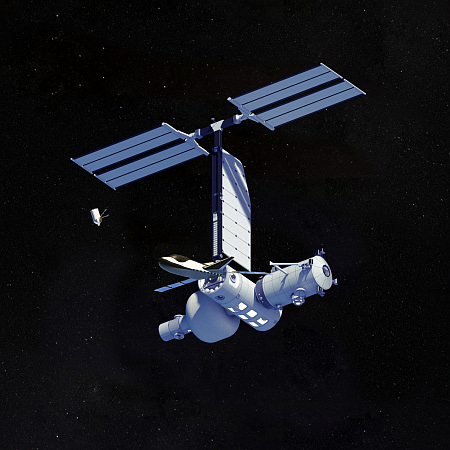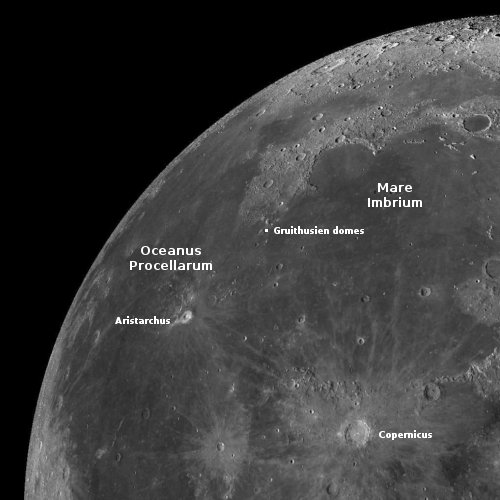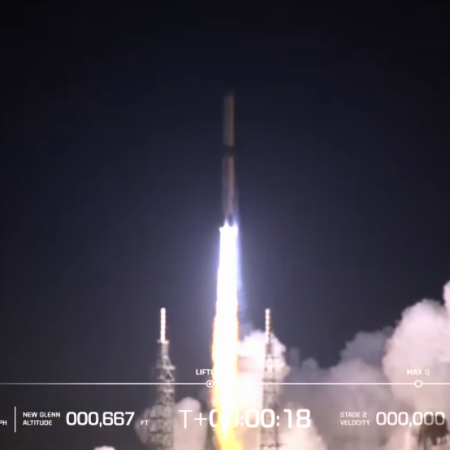Former ULA CEO Tory Bruno now working for Blue Origin
In a tweet on X, Blue Origin today announced that former ULA CEO Tory Bruno is now working for them, acting as president for its “newly formed National Security Group.”
Blue Origin’s CEO, David Limp, quickly chimed in with his own tweet, endorsing the hire.
My guess is that Limp felt Blue Origin needed someone with experience dealing with the military, and Bruno brings that capability, having managed ULA’s military launch contracts for years. It also means Blue Origin is very serious about grabbing a larger market share of those launches once its New Glenn rocket begins launching regularly.
I also wonder if Bruno grew tired of the culture at ULA, which has appeared resistant to building reusable rockets. Bruno sold Vulcan initially with the idea of quickly upgrading it to recover its engines for reuse, but by all signs the company has been very unenthusiastic about the idea. (The idea itself might not be viable, but overall ULA has shown no interest in developing a reusable rocket of any sort.) Bruno might have decided he’d rather work with a company enthused by reusability, especially as this is the future. Once ULA completes its large Amazon Leo launch contract it faces a bleak future, with many newer cheaper reusable rockets coming on line.
It could also be that Bruno was made an offer he couldn’t refuse. Money is always a powerful incentive.
In a tweet on X, Blue Origin today announced that former ULA CEO Tory Bruno is now working for them, acting as president for its “newly formed National Security Group.”
Blue Origin’s CEO, David Limp, quickly chimed in with his own tweet, endorsing the hire.
My guess is that Limp felt Blue Origin needed someone with experience dealing with the military, and Bruno brings that capability, having managed ULA’s military launch contracts for years. It also means Blue Origin is very serious about grabbing a larger market share of those launches once its New Glenn rocket begins launching regularly.
I also wonder if Bruno grew tired of the culture at ULA, which has appeared resistant to building reusable rockets. Bruno sold Vulcan initially with the idea of quickly upgrading it to recover its engines for reuse, but by all signs the company has been very unenthusiastic about the idea. (The idea itself might not be viable, but overall ULA has shown no interest in developing a reusable rocket of any sort.) Bruno might have decided he’d rather work with a company enthused by reusability, especially as this is the future. Once ULA completes its large Amazon Leo launch contract it faces a bleak future, with many newer cheaper reusable rockets coming on line.
It could also be that Bruno was made an offer he couldn’t refuse. Money is always a powerful incentive.


